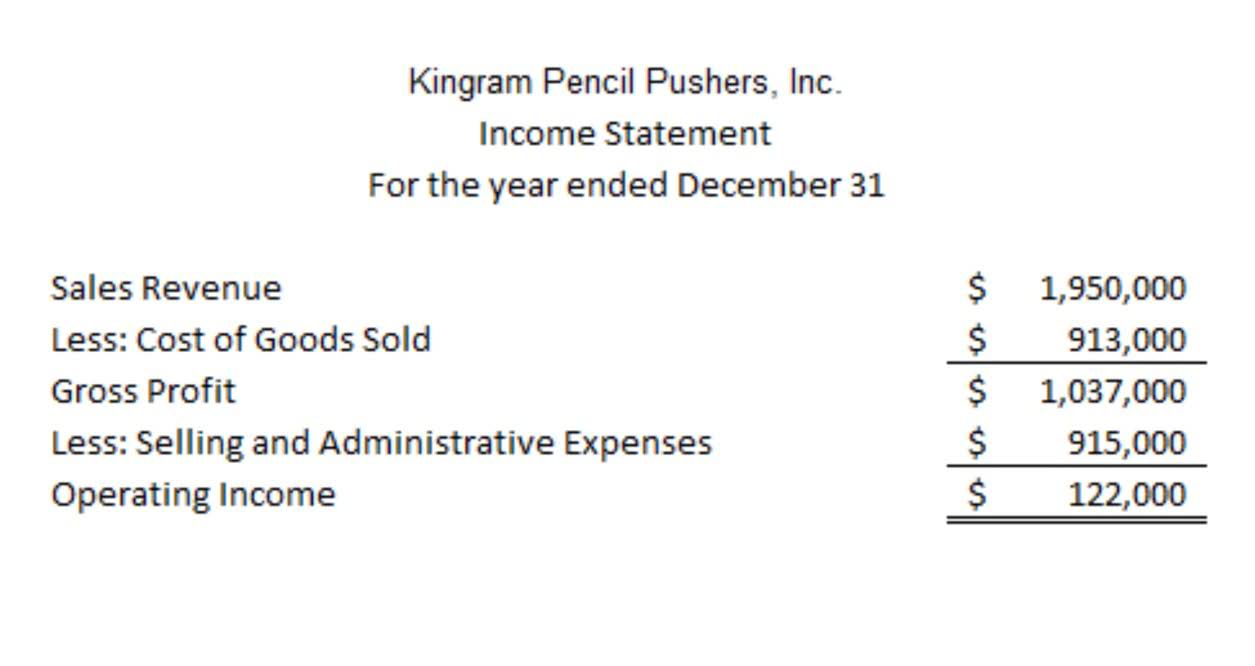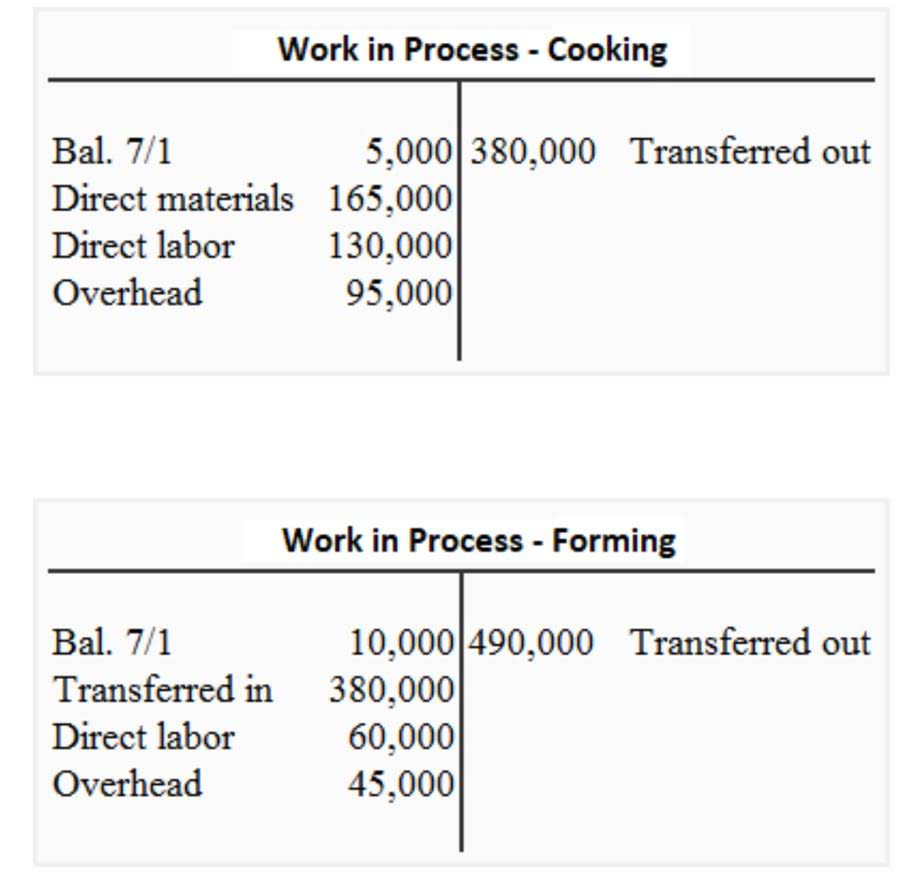
Gross margin is commonly presented as a percentage, allowing for easy comparison of a company’s performance against its industry peers or historical data. Growing your customer base can help you increase your sales and boost revenue. Consider how you can use marketing strategies to find new customers or increase the purchase volume of existing customers. Check whether your competitors are reaching customers you might be missing—for example, with different social media platforms or targeted ads to specific groups.

The Relationship Between Gross Profit Margin and Net Profit Margin
Since they likely have a similar cost of goods sold, you can use this metric to compare your total sales revenue. Monica’s investors can run different models with her margins to see how profitable the company would be at different sales levels. For instance, they could measure the profits if 100,000 units were sold or 500,000 units were sold by multiplying the potential number of units sold by the sales price and the GP margin.
How Do Companies Distribute Their Profits?

Is there software you can use to collect and organize customer information? Can you use tracking software to manage shipping data and customer notifications? Having said that, you can use a scale of how a business is doing based on its profit margin. A profit margin of 20% indicates a company is profitable, while a margin of 10% is said to be average.

Gross Margin: Definition, Example, Formula, and How to Calculate
In highly competitive markets, companies might be compelled to reduce prices, which can erode the gross margin. On the other hand, a company with a unique value proposition or a differentiated product might enjoy higher pricing power and a healthier margin. Higher sales volumes often lead to economies of scale, where the cost per unit decreases as you produce more. Wage rates, efficiency of labor, and the overall productivity of the workforce can also influence production costs and, consequently, gross margin.

As with any ratio used on its own, margins can’t tell the whole story about a company’s prospects. Last, consider the value profit margins may offer by comparing them over time. Looking at Microsoft’s financial information above, the company posted a 45.6% net income margin in 2020 and 52.8% net income margin in 2021. Therefore, though 37% may sound high, performing comparative margin analysis may reveal potential trends or downturns.
It can keep itself at this level as long as its operating expenses remain in check. Gross margin looks at total revenue and total cost of goods sold to determine how much profit a company retains after direct costs are subtracted. Calculating your gross margin ratio provides the level of profitability of your business as a percentage.
- Choose CFI for unparalleled industry expertise and hands-on learning that prepares you for real-world success.
- Additionally, businesses can improve gross margins by increasing revenue, managing cost of goods sold, and implementing efficiency measures.
- These indirect costs can have a significant impact on a company’s profit margin.
- It also allows investors a chance to see how profitable the company’s core business activities are.
Gross Margin Ratio Formula
Gross margin is calculated by first subtracting COGS from revenue to arrive at gross profit, and then dividing that number by revenue to determine the gross margin. That number can then be multiplied by 100 to express gross margin as a percentage. But first, you’ll need to calculate gross profit by subtracting COGS from revenue. Gross profit margin is a financial metric analysts use to assess a company’s financial health. It is the profit remaining after subtracting the cost of goods sold (COGS). A low gross margin ratio does not necessarily indicate a poorly performing company.
Gross Profit Margin: Formula and What It Tells You
- When you improve your profit margin, you actually make more money without needing to increase sales or gross revenue.
- Gross margin puts gross profit into context by taking the company’s sales volume into account.
- Looking at Microsoft’s financial information above, the company posted a 45.6% net income margin in 2020 and 52.8% net income margin in 2021.
- Some businesses that have higher fixed costs (or indirect costs) need to have a greater gross profit margin to cover these costs.
- The gross profit ratio only shows the profitability of a business, not its liquidity or cash position.
If Company ABC finds a way to manufacture its product at one-fifth of the cost, it will command a higher gross margin due to its reduced cost of goods sold. To compensate for its lower gross margin, Company XYZ decides to double its product price to boost revenue. After all, you may not know if a 37% net income margin is good, especially considering Microsoft’s size, industry, and competitive advantages. Therefore, margin ratios are a tremendous way to compare information across companies to see how one entity may be performing against its competitors. This ratio is a rough measure of the operating leverage a company can achieve in the operational part of its business. That’s why investors should know how to analyze various facets of profitability, including how efficiently a company uses its resources and how much income it generates from its operations.
Why Is Gross Profit Margin Ratio Important?
It’s also important to calculate gross profit margin regularly since that will allow you to take proper action should it start to drop. For example, a higher gross profit margin indicates that gross margin accounting your business is financially sound and able to produce products and services efficiently and profitably. The percentage of gross profit achieved by a company in relation to its total sales.
Leave a Reply